Figuring Out Rayburn with Powell
Spending the second morning of practice with the FLW Tour rookie

Hensley Powell has found himself smack in the middle of a challenging situation: He’s an FLW Tour rookie on a lake he’s never been to before. That lake is also eight feet higher than normal.
Kicking off the season on Sam Rayburn is enough of a challenge without the high water. Though the lake is unquestionably one of the best in the country, it’s also gigantic and hosts a cadre of locals that might be second to none on the fishery. So, it’s a daunting task for even the heartiest of rookies, but Powell certainly is that.
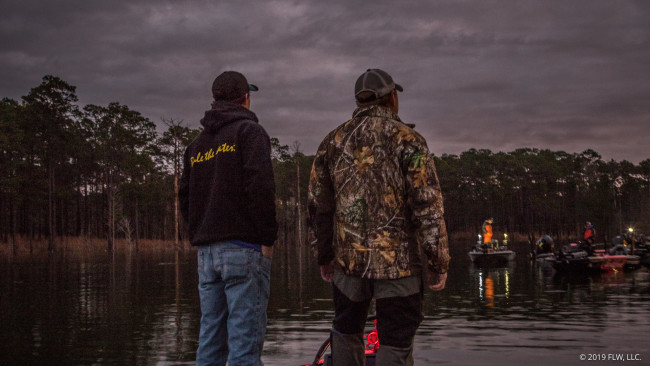
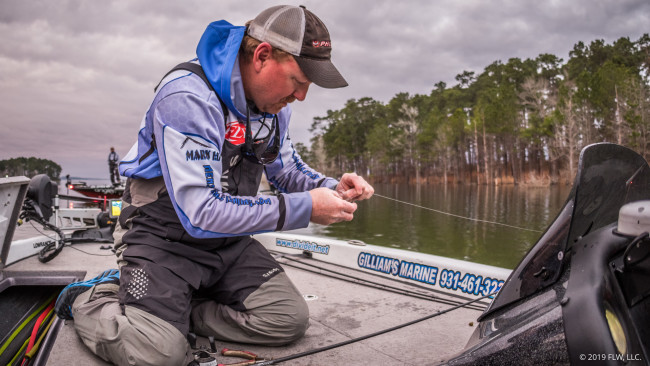
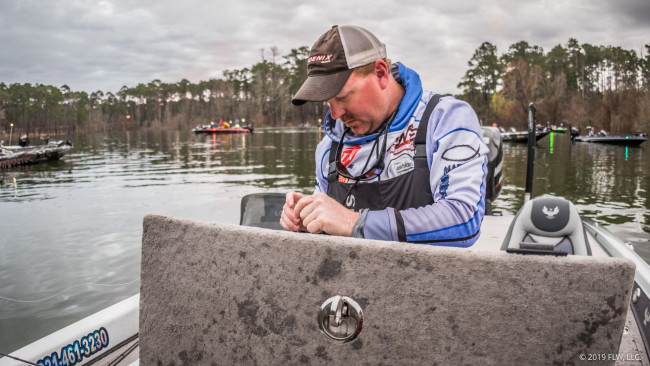
Due the flooding on Rayburn, there are only a few ramps open, and the water has flooded out most of the docks. It makes putting the boat in the water a bit more of a task than usual. As such, we meet at 6:45 a.m. CT, a full 30 minutes before the pros can launch, and Powell ferries fellow rookie Bailey Boutries out to his boat before sitting down to tie up some tackle and wait.
Powell has quickly and quietly amassed quite a record with FLW. In just three years fishing the Costa FLW Series, he’s earned over $90,000, and he got a win at Table Rock in the Central Division in 2018. Powell earned a top 10 every year fishing the Southeastern Division in 2015, 2017 and 2018. Last season, he finished fifth in the Southeastern Division standings and qualified for the FLW Tour.
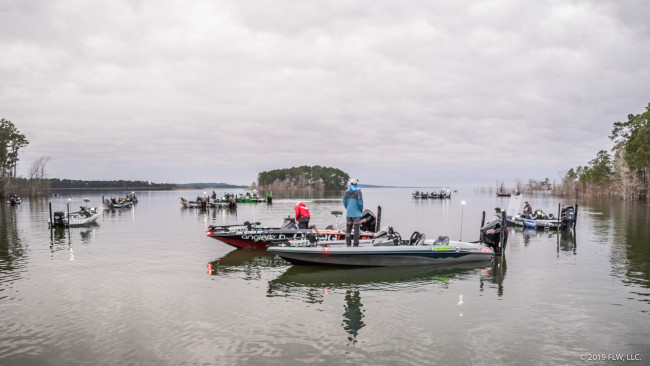
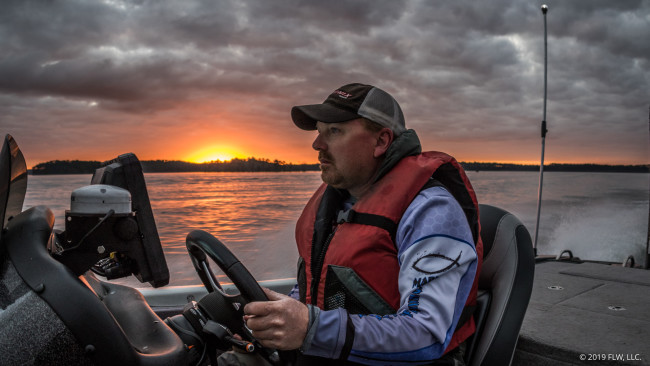
After a little more waiting around, it’s finally time to go, and the pros takeoff safely — but en masse — spreading out across Rayburn as the sun rises. Powell cuts across a few wakes and runs north along one side of an arm for a few minutes before deciding to switch over to the other side. A few minutes later, he sets the boat down well off the bank.
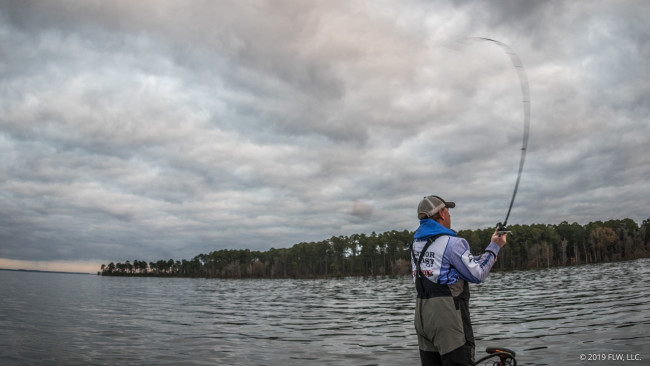
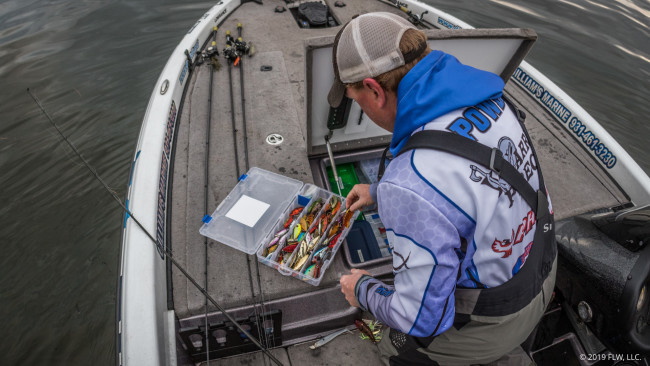
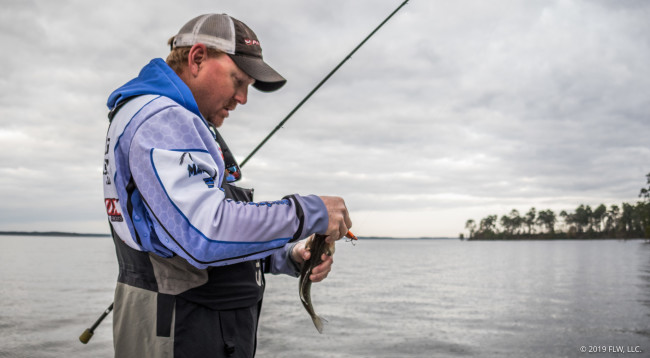
After a few minutes of idling near where he had found some hydrilla on the first day of practice, Powell cuts the Mercury and pulls out a lipless crankbait to fire around. After a few minutes of fishing, he cuts his bait off and goes to a bigger one, but it takes a while to get a bite.
His first bite doesn’t hook up, and his second is just a little spotted bass. As he probes the hydrilla, Powell explains that he didn’t really fish much of it on day one, preferring to flip the flooded bushes and trees that are abundant on Rayburn. However, that wasn’t super successful – he spent hours and hours without any bites, though he did stumble on a pretty fruitful stretch.
After working a flat and then down the grass along a shoreline with just the two fish-related incidents, Powell puts up his rods for a move.
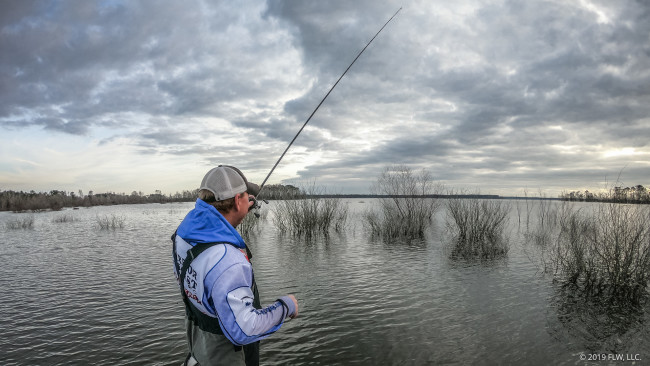
Pulling into a cove across the lake, Powell picks up a rod rigged with his Zorro Hensley Powell Signature Series HP Jig and starts flipping. He obviously loves the idea of picking up a flipping stick and not setting it down, but his extremely spotty performance with it on day one of practice has him concerned. Nevertheless, this cove is near where he caught them the other day, and the cover in it looks right.
After flipping around for a couple hundred yards without a bite, Powell decides it’s not happening.


Idling his way out, a tasty looking patch of grass catches Powell’s eye, and he stops to fish, adding a blade bait to his arsenal along the way. Because the grass is so deep, it takes a bit more than usual wait to get a bait down to it effectively. Unfortunately, this stop doesn’t produce, but Powell isn’t done giving it chances.
Powell’s next couple stops are all focused on hydrilla or grass, and though he dabbles with a spinnerbait and a jerkbait, the lipless crankbait and blade bait get the bulk of the action. None of it is very productive.
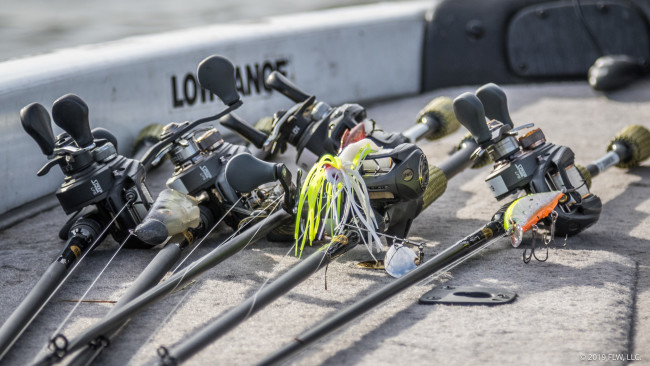
Though he started with just five rods on deck, the pile has grown as the day has gone on. Even so, Powell is far from an Andrew Upshaw-style practicer, and he never really came close to building a huge pile while I was with him. Powell says his storage is “redneck,” but his rod organization is certainly good – in the locker they’re all socked, and he had the date and pound test on a label on each reel.
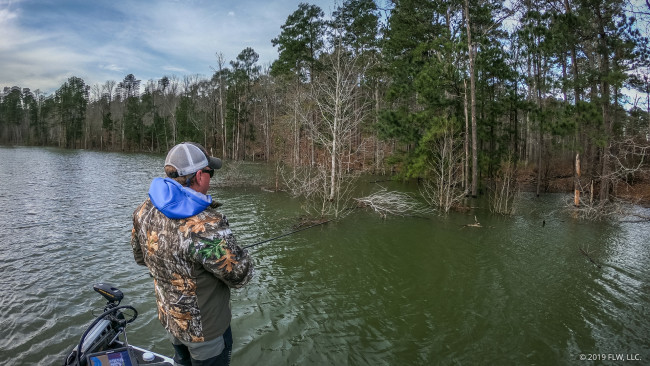
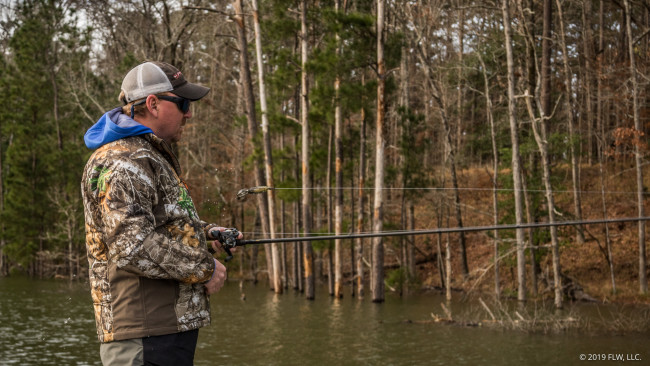
It’s time for a move, and it’s not a short run. Running across the lake, Powell decides to flip a little more, but this time he’s targeting steep banks – places where he can actually see where the water ends. It seems like an excellent idea, but it doesn’t produce.
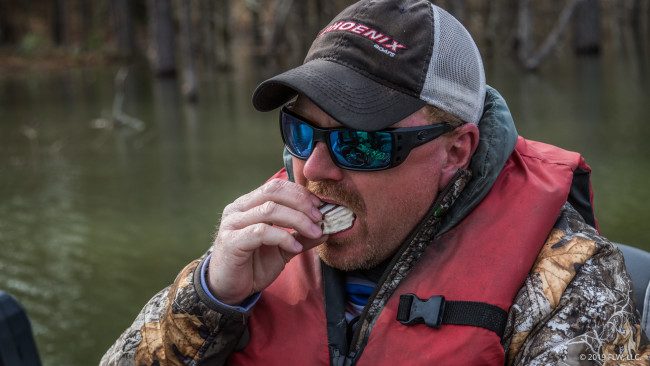
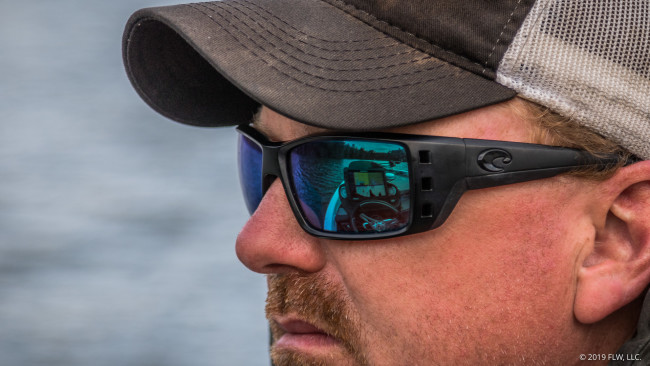
Idling out, Powell grabs a snack and decides to make use of his Lowrance a bit more. Back home, Powell does teaching trips for Lowrance electronics, and he’s without a doubt an expert in the craft. He runs multiple transducers, has his units wicked dialed, and knows exactly what he’s looking at. Poking around deeper, Powell marks plenty of tasty looking grass and some fun rock as well. Still, there don’t seem to be any fish present.
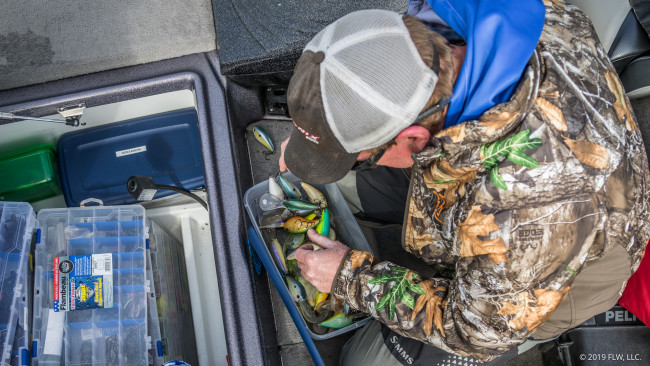
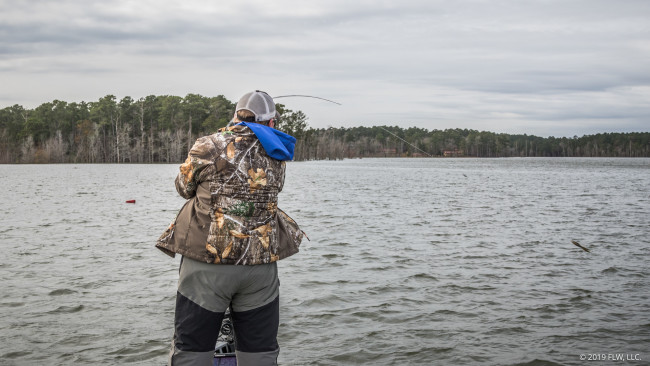
Even without marking anything, Powell can’t resist a few casts, and he pulls out a crankbait and a Carolina rig to do it. Some of the stuff sure looks good, but yet again, Powell can’t buy a bite.
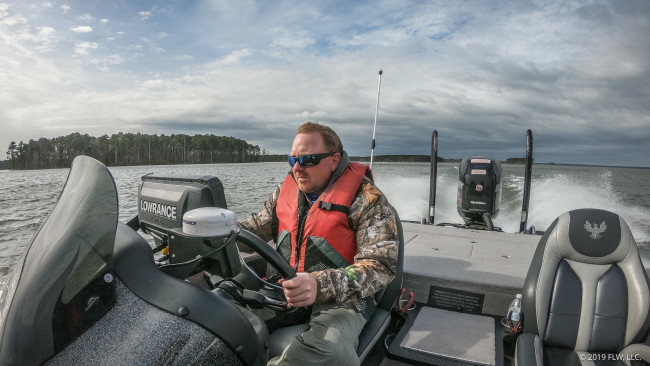
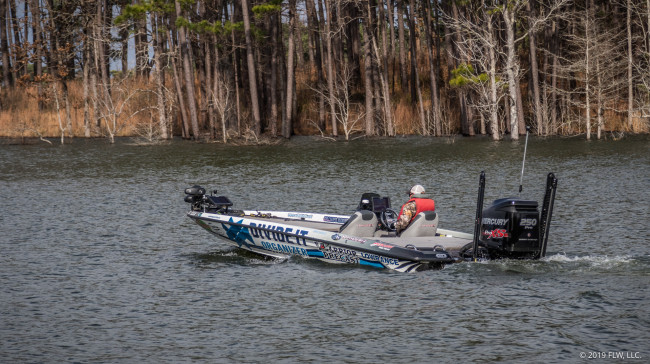
Around 11:30 a.m., with just one small fish on the day, Powell declares that it’s time for a big move. So, he runs back to drop me at the dam before heading to (hopefully) greener pastures. Though he’s got one potential spot in his pocket from day one, he knows he’s going to have to find a bunch more to be competitive in his first go-round on the FLW Tour.